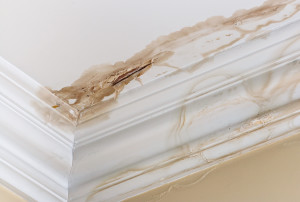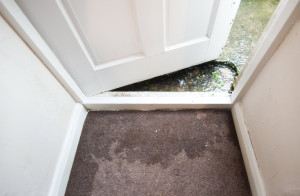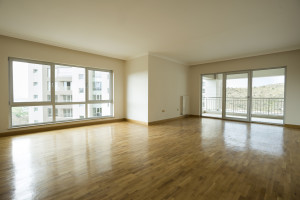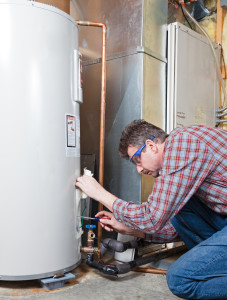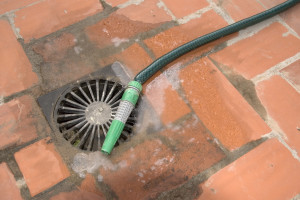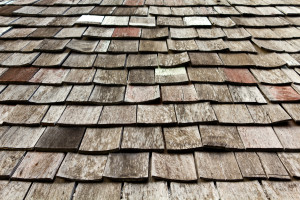For many homeowners, the threat of fire is the risk that keeps them up at night. But the truth is, water is far more likely to damage their home than any other risk they face.
In fact, according to claims data from property & casualty insurance company Travelers, water damage is as much as 10 times more common than fire damage in American homes and causes, on average, nearly 30% of all household property claims. Fire, for its part, causes just 3% of claims. And the vast majority of household water damage is caused not by weather, but rather by preventable household maintenance issues like leaky plumbing and improperly installed appliances.
“When considering annual household cleaning projects, it’s a great time to inspect and perform maintenance on household systems and appliances,” said Ron Stephens, Regional Vice President for Travelers. “Checking washing machine hoses, ice maker connections and the plumbing around water heaters are a few simple actions you can take to prevent both damages and a lot of headaches.”
Common Causes
That said, according to Travelers, the four most common causes of household, non-weather related water damage are:
- Leaking washing machine hoses: Inspect them annually and replace them every five years
- Leaking from a water heater: Inspect every year and install a floor drain near the unit if possible
- Leaking refrigerator: Ice maker lines are often the culprit here and should be inspected annually for signs of wear
- Clogged air conditioning drain lines: Inspect every year and clean out as needed
Signs of Water Damage to Look For
Staining: Brown, rust-colored spotting on ceilings and walls is a telltale sign of water damage.
Soft spots: Spongy floors are another common sign of water damage, especially in bathrooms, kitchens and near doorways. The above photo is an extreme example, but anywhere that water can gain access to a home’s subfloor soft spots may be present.
Warped flooring: In addition to soft spots, hardwood and tile floors can warp and crack as a result of water damage. Feel for uneven boards or for lifting under carpets.
Rust: Rust spots on the floor near a hot water heater tank might indicate a leak inside the system, creating further problems should it rupture. The same holds true around appliances and bathroom fixtures.
Drainage issues: A yard that does not drain away from a home’s foundation can often lead to water damage inside the basement or under the subfloor. Look for pooling near the foundation and anywhere that water is not flowing away from the home.
Roof damage: Missing or damaged shingles can allow rainwater to penetrate a home’s roof, leading to water damage on ceilings and on walls. Looks for stains on the home’s upper levels and on the underside of the roof deck itself from the attic.

